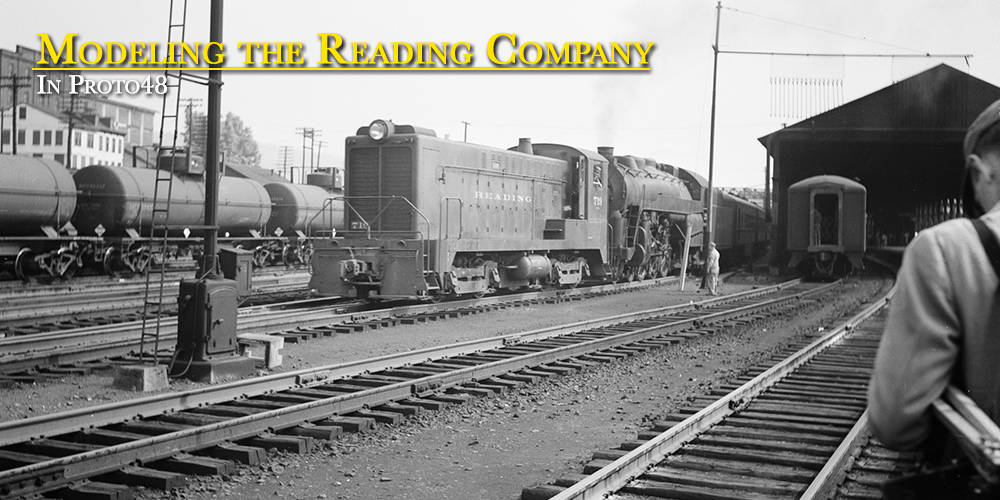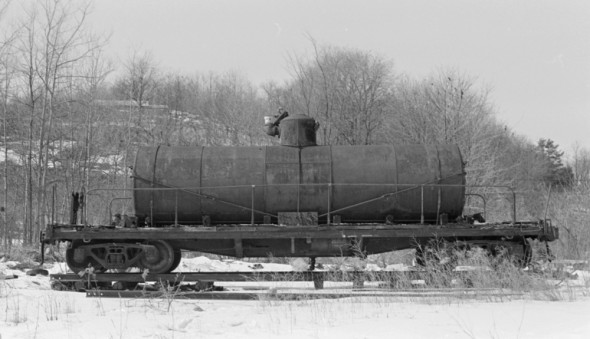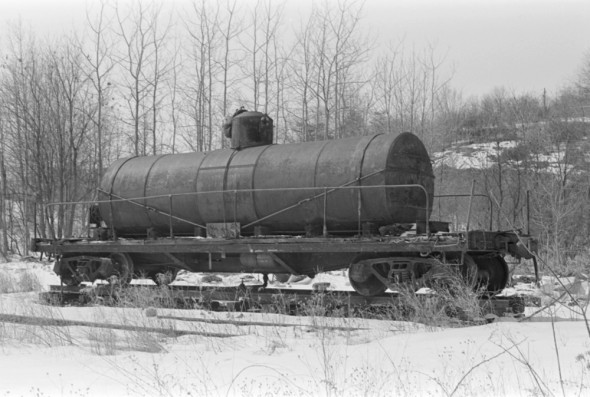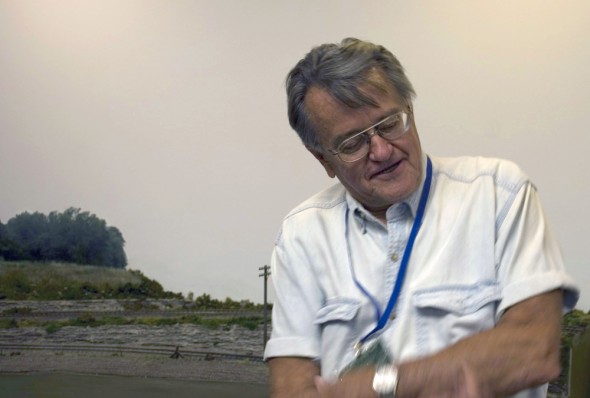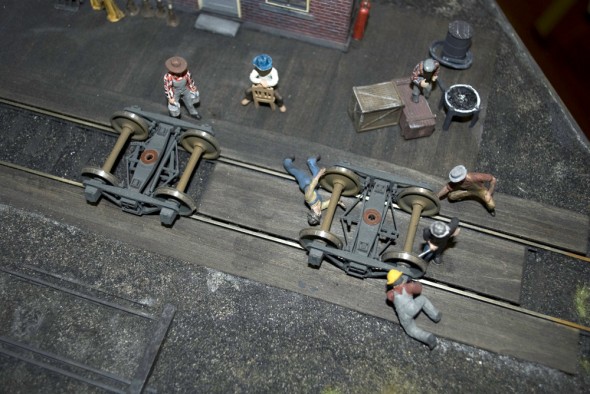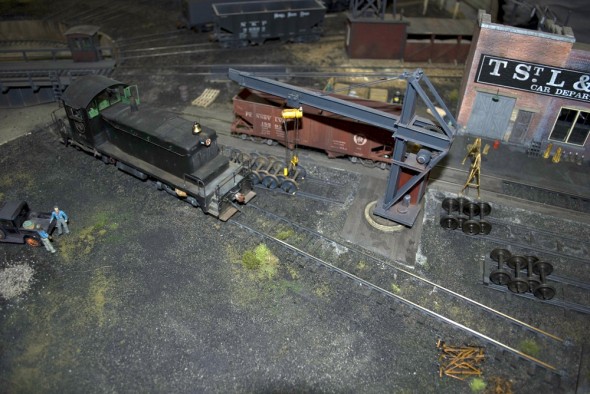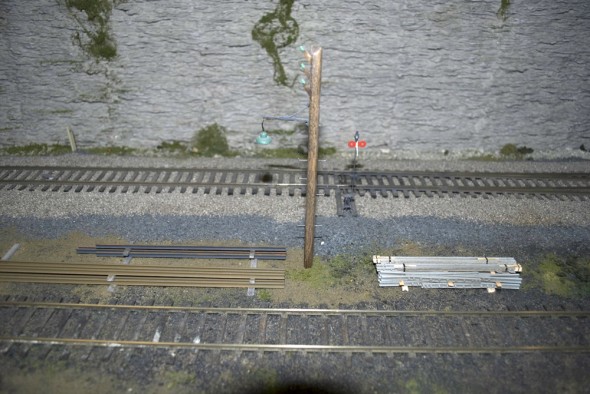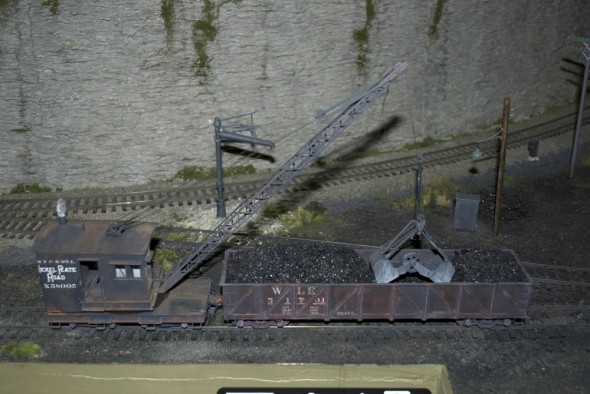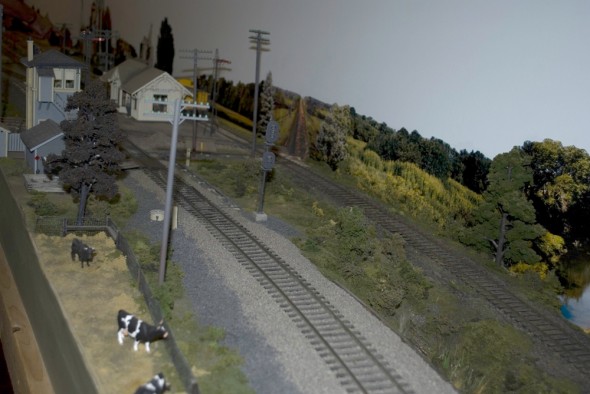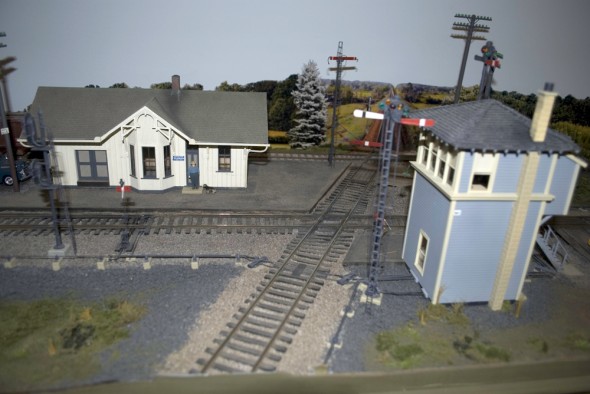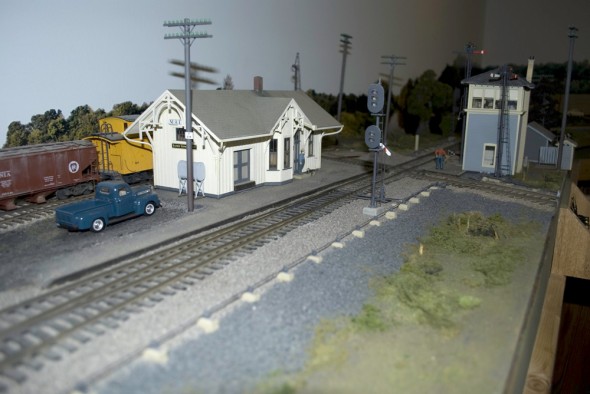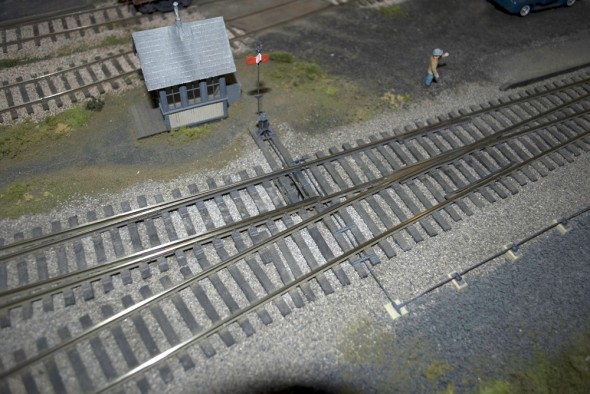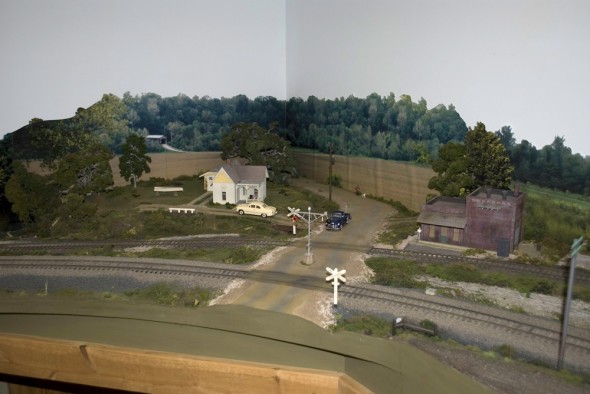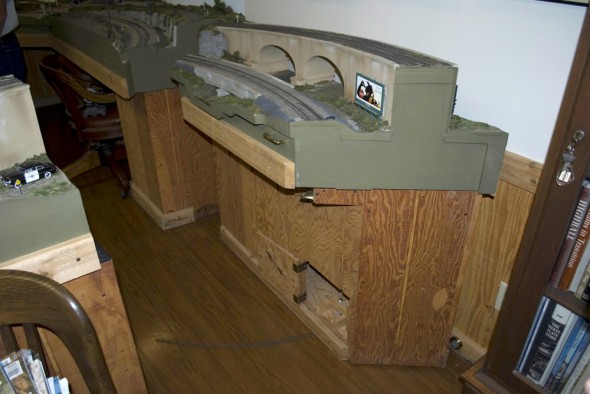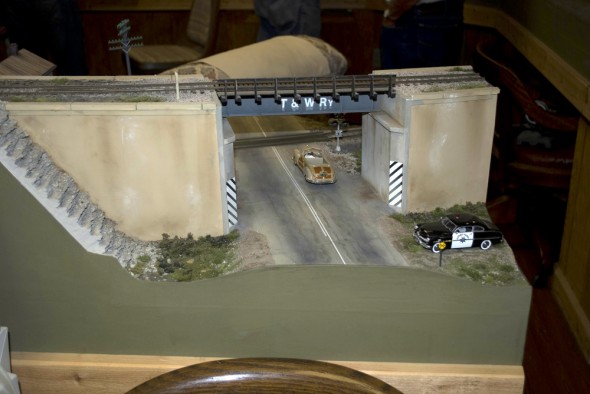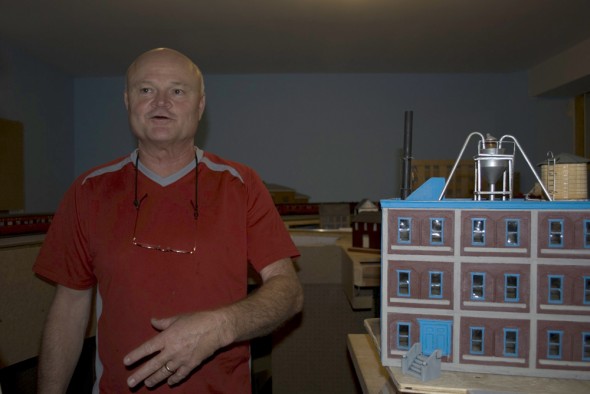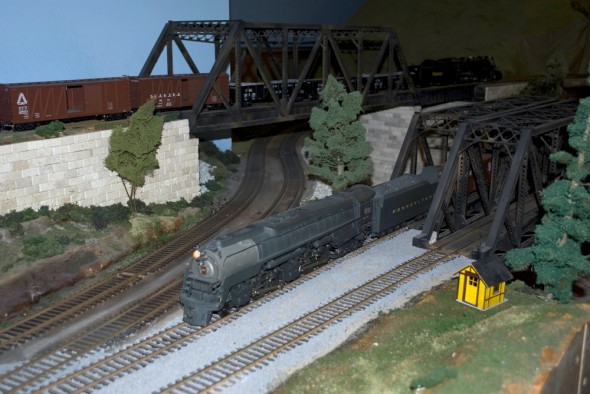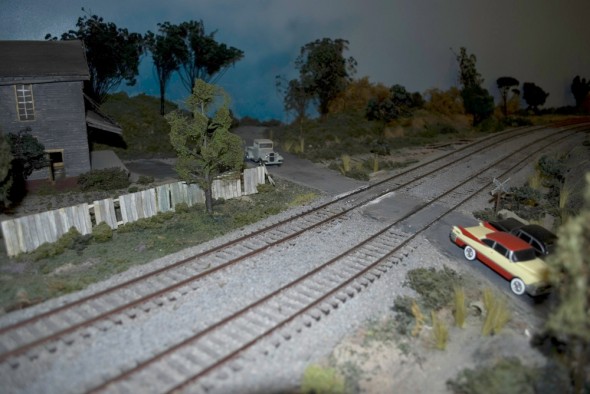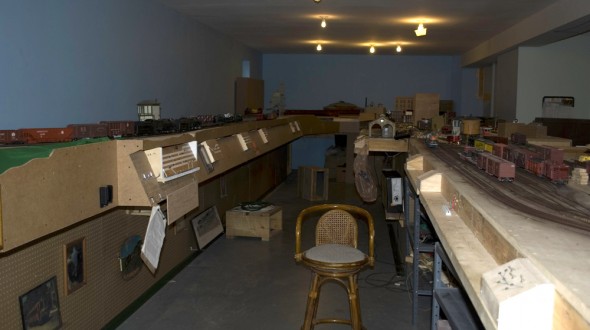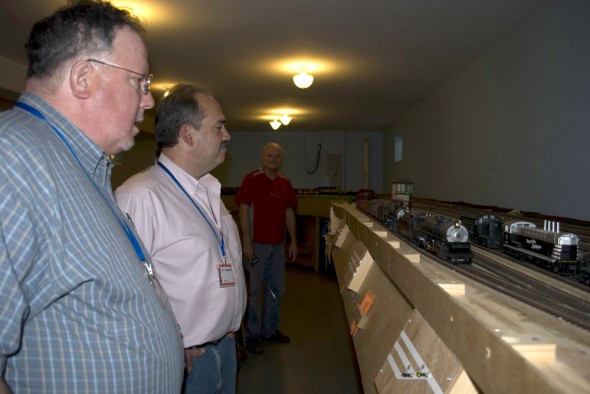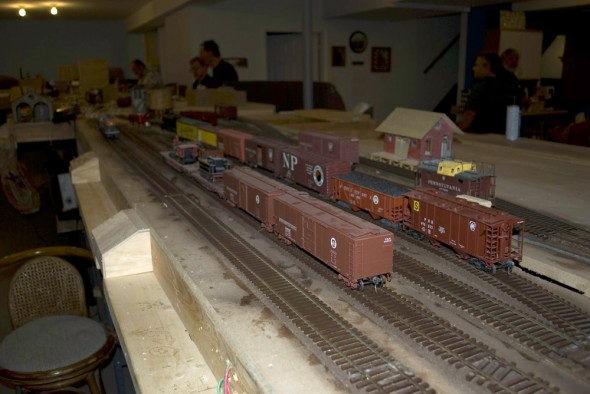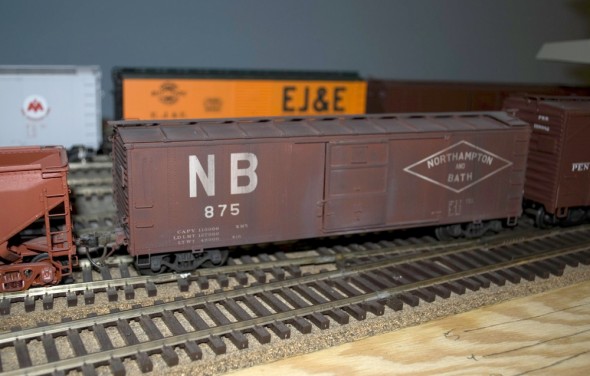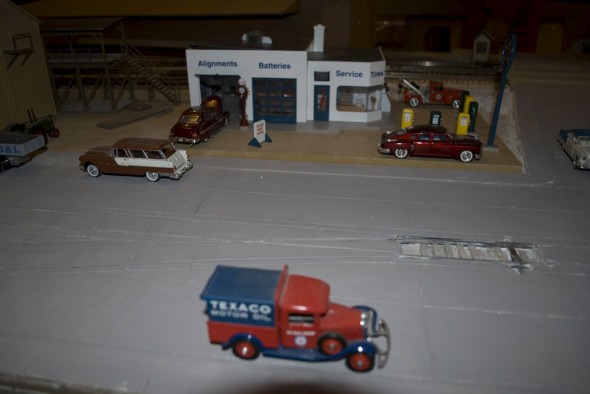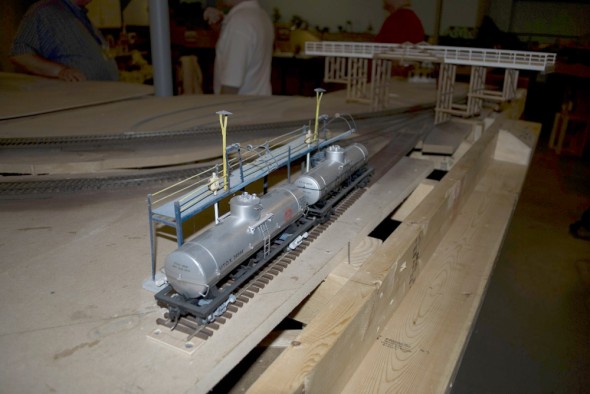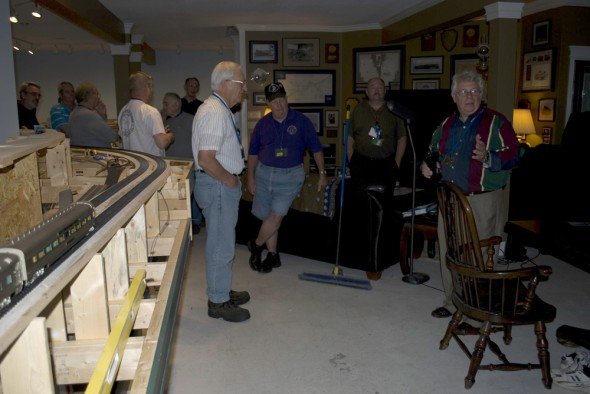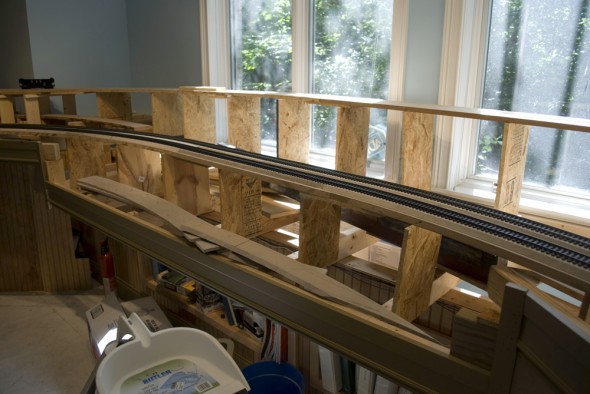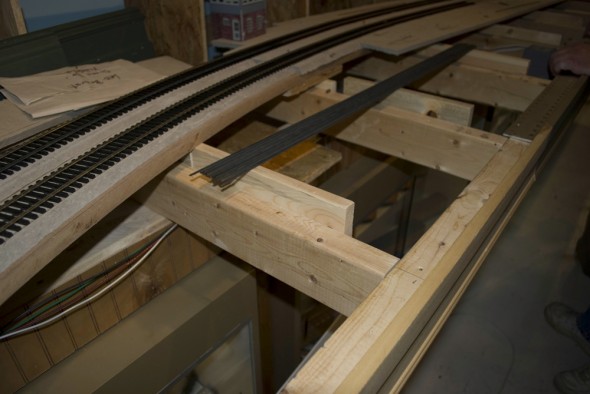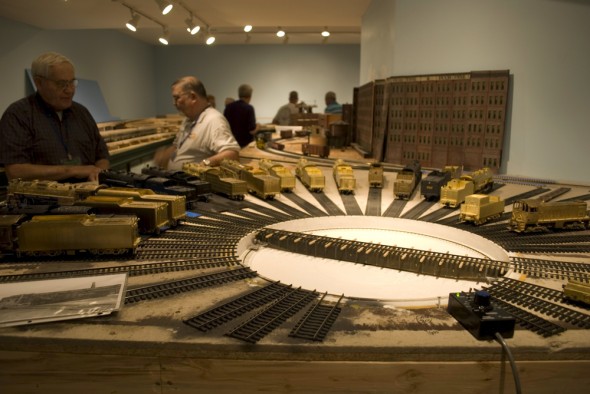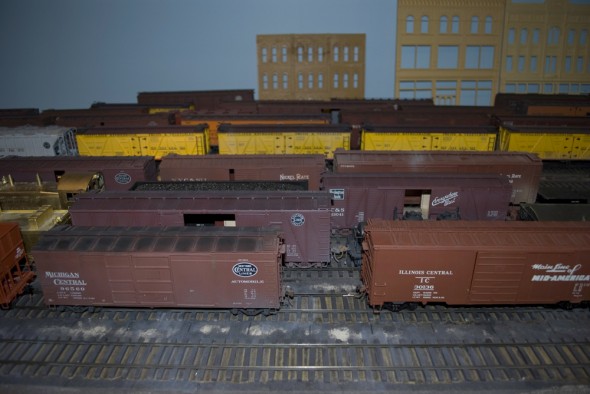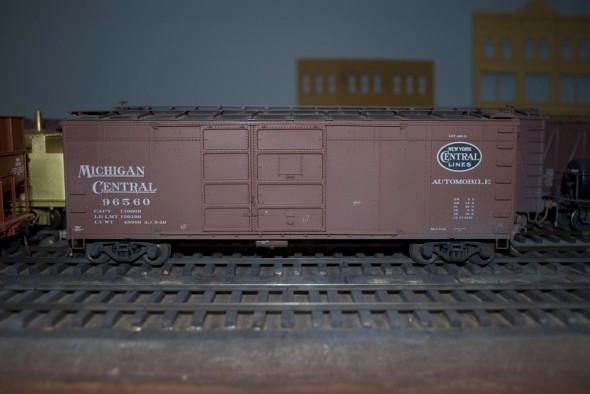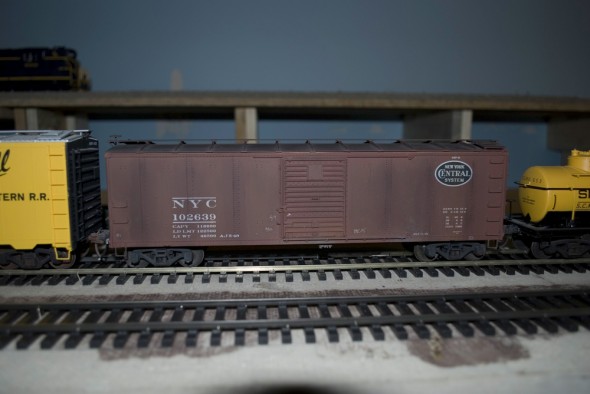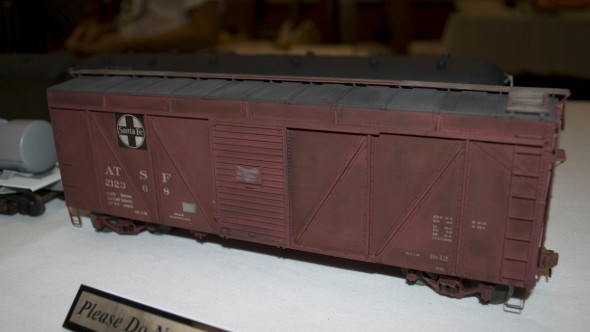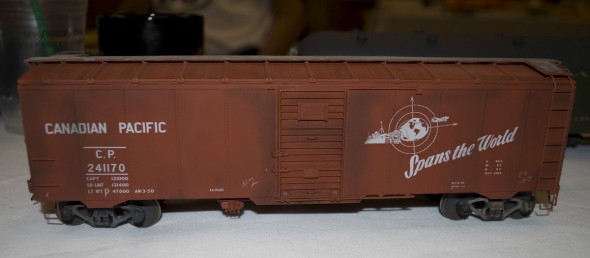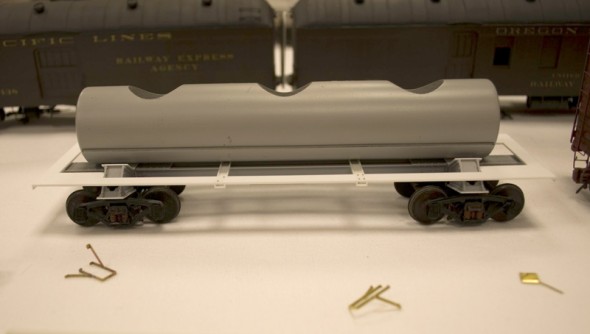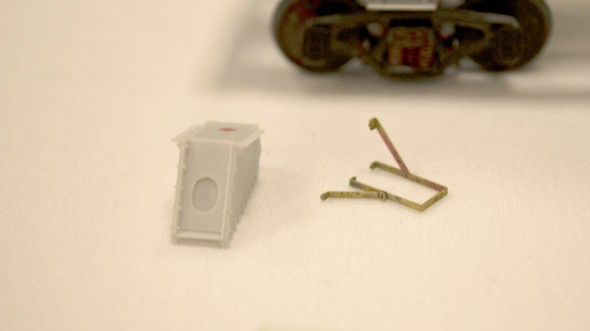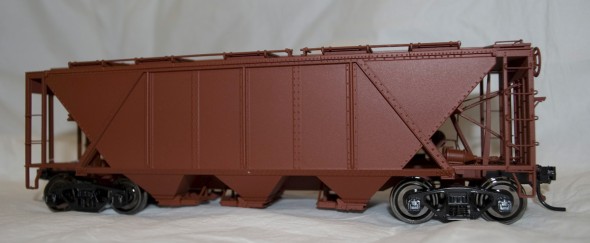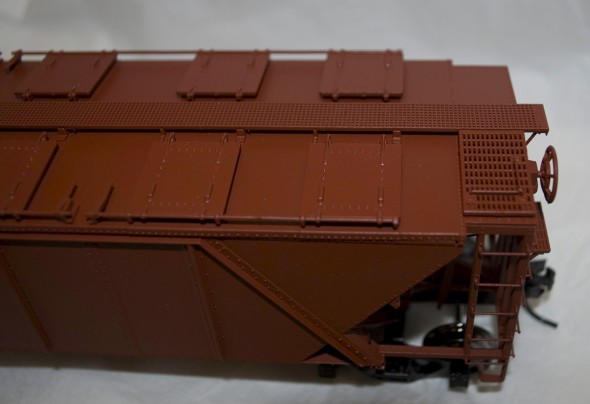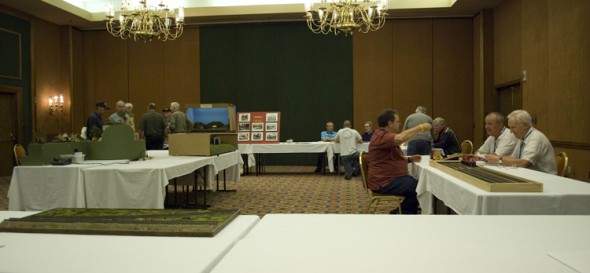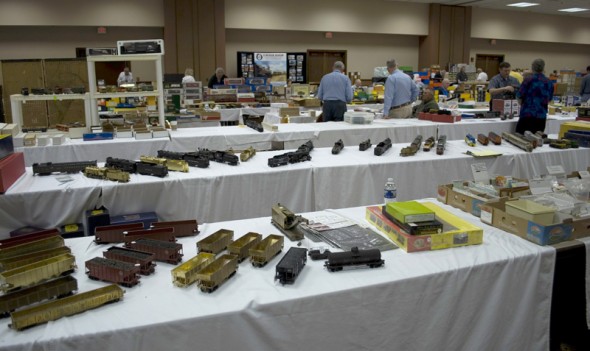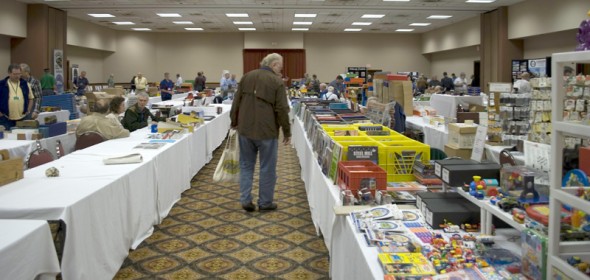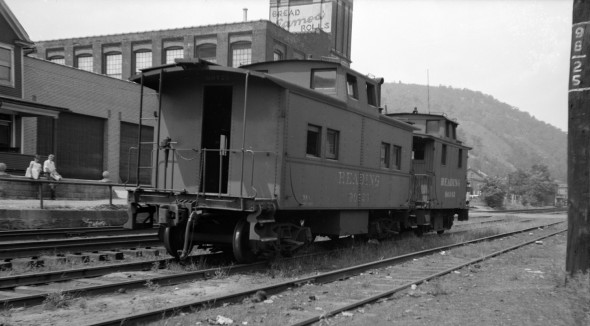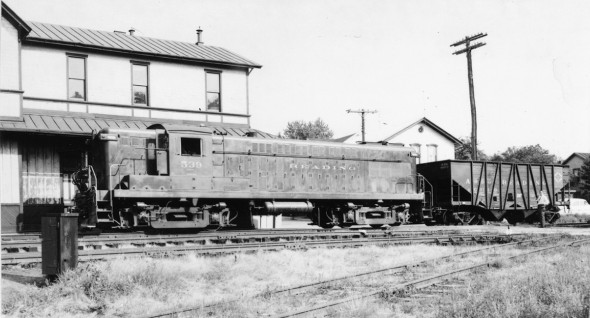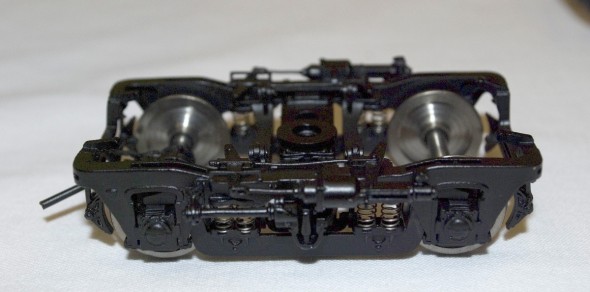
Protocraft’s General Steel Casting 41-N Passenger Truck
Imported By: Protocraft
MSRP 07/2013 $109.95/pr.
Description:
I have to say that one of the highlights of the National was getting to see, in person, a pair of Protocraft’s 41-N passenger trucks. These are a work of art.
I talked to the man from Wasatch Model Company, who imported them for Protocraft. These trucks are made by the same builder that does the fine line of Wasatch O scale trucks. I began to realize, I need to make the purchase of these trucks sooner than later. As with everything O scale, buy them when they are around, they may not be run again, and they almost always will never be the same price the next time around.
I have seven of the SGL cars, which I found at a very good price without a box about a year ago. Who needs the box anyway? They started out as a three rail cars, SGL imported both. From what I’ve read about the cars, the two version were the same except for the trucks and couplers.
So when I got home from the National, I ordered the seven pairs I needed to convert my cars. They arrived on Saturday. WOW! This is the detail level that I got into O scale for back in the 80’s.
I set a pair under one of the passenger cars today and the car sat a little high. I think a little work to the bolster and they will sit exactly where the railroad wanted them too. Now I just have to dig out the Reading Company diagrams for these cars, to know the correct height they need to be at.
NMRA Proto48 Specification:
I measured the trucks and find that they are within NMRA spec. Here are the measurements and I’ve added their measurements to the NMRA S-4.1 Proto48 Wheel Standards
|
Check Gauge |
Back to Back |
Wheel Width |
Flange Width |
Flange Depth |
| Specification Range |
1.124 1.134 |
1.100 1.112 |
0.115 0.120 |
0.024 0.028 |
0.022 0.026 |
Protocraft General Casting Corp’s 41-N
passenger truck, double insulated axles |
1.132 |
1.108 |
0.115 |
0.024 |
0.022 |
Plus and Minus… Opinions: On the plus-side:
- WOW! Lots of WOW factor!
- They are a Museum level model all by themselves.
- The trucks measured up fine against the NMRA Specification.
- To say they roll well is a bit of an understatement.
- The trucks do look very nice, they capture the look of the prototype based on the photos and drawings I’ve seen.
On the minus-side:
- Some day I may think of a minus for these trucks….
- Only thing I can say is that when they run out at Protocraft, Norm has stated that they may not be run again. If they are, they will never be priced this low again.
Overall:
If you are running this style of Passenger truck on your equipment, buy these trucks. You will not be sorry.
